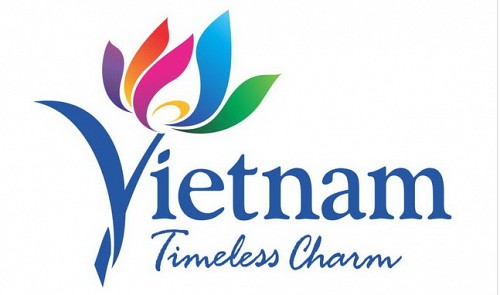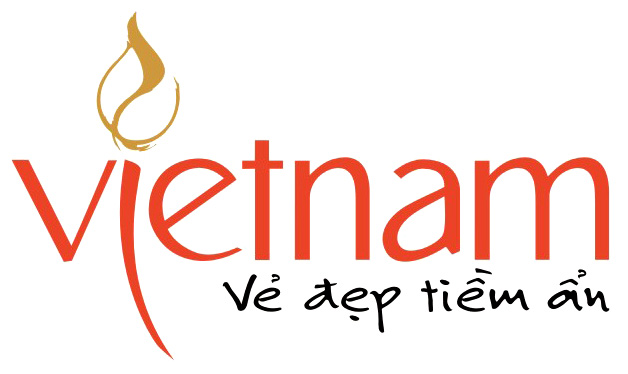Having experienced many ups and downs of Korean history, Changqing Palace today is one of the most attractive destinations in Korea. Located in central Seoul, Changgyeonggung Palace or Changqing Palace was once used as a royal residence. As the new history page changes, Changgyeonggung becomes the guarantor of a period of Korean history.
The ups and downs of the palace
The palace was built for his father by King Sejong (reign 1418 - 1450), originally named Suganggung. From 1483 to 1484, the buildings at the palace were expanded by King Seongjong (reigned 1469-1494). Also during this time, the royal mansion was renamed the Changgyeonggung Palace.

Panoramic view of Changgyeonggung Palace. Photo: Flickr.
The palace was destroyed more or less in different historical periods. In 1616, Changgyeonggung was built and restored. During the Japanese occupation of Korea from 1910 to 1945, Changgyeonggung was known as Changgyeong garden. From a royal palace, it became a resort with zoos and botanical gardens. By 1983, the Korean government had removed the zoo and began restoring the palace to its original appearance and beauty.
The most attractive tourist destination in Korea today
Over the historical period, Changgyeonggung Palace is now an attractive cultural tourist destination in Korea. Visitors to the palace can learn about Korean history.
When passing through the main gate, Honghwamun, tourists will admire the architecture built from the middle of the 15th century. This was once the reception point for the king.

The palace is lit up in the evening. Photo: Seoul Architecture Guide.
Going into the palace, Daeonsil (large greenhouse) is a closed botanical garden built in 1909. Daeonsil has a roof designed with royal motifs. The greenhouse is based on the design of Crystal Palace in London, England.
In addition, Changgyeonggung Palace also has heritage such as: Punggidae, an instrument to measure wind speed and direction of blowing; The Angbuilgu sundial was invented in 1434, in the 16th year under the reign of King Sejong.
In addition to Changgyeonggung Palace, visitors can choose to visit other ancient Korean relics such as Gyeongbokgung palace or Hanok Bukchon ancient village, Gochang Dolmen area to explore more about Korean history.
Website: http://visavietnamsupport.com/























